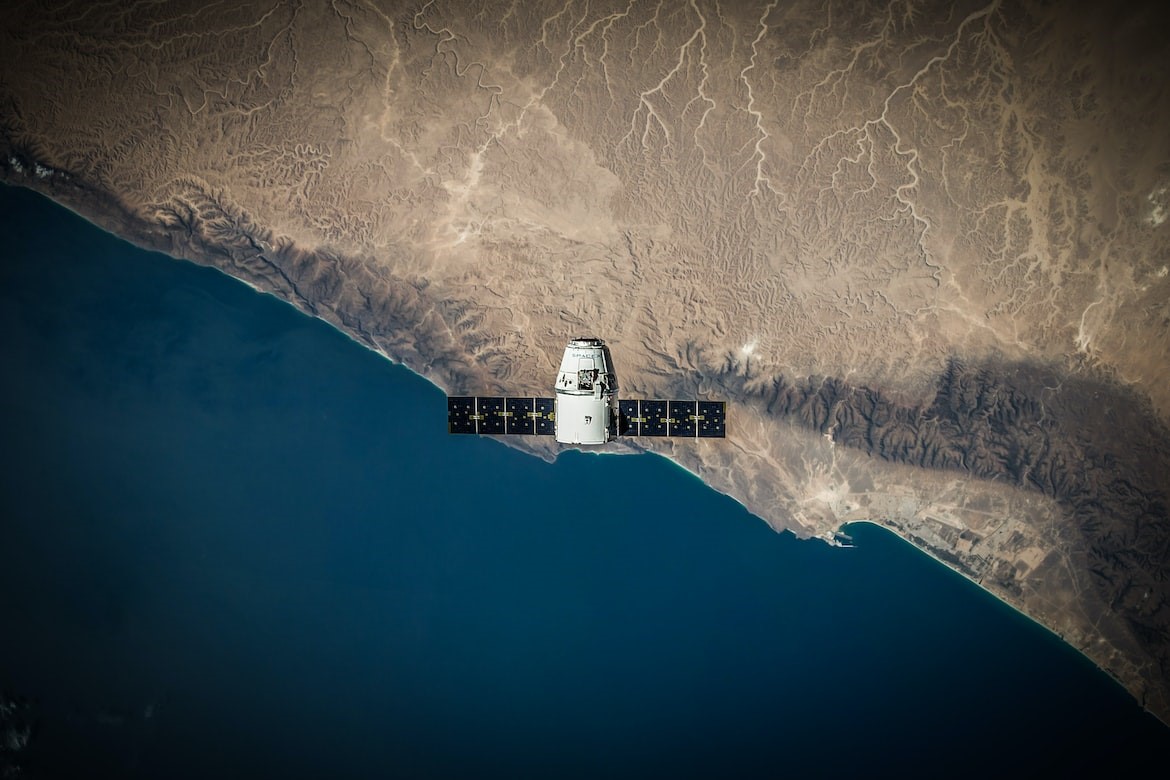
Satellite Phone Connectivity is Nearly Ready to Go Mainstream
The first satellite phone was launched by Motorola in 1989. In the almost three decades that have passed since, much has changed – yet they remain the poorer cousin in terms of usage compared to standard mobile phones.
Nonetheless, their design and capabilities have evolved at a pace and in a way not dissimilar to mobiles. Where early versions were comparable in size and weight to the brick-like cell phones of the late 80s, today they’re almost indistinguishable from the average smartphone.
Now, their usage might finally be about to catch up too.
On the brink of mainstream adoption
Satellite phones can hardly be described as mainstream pieces of tech, but they nevertheless have their uses. Cited as a survival kit essential by ExpressVPN, alongside portable Wi-Fi hotspots, SD cards, and power banks, they’re able to function in specific scenarios where smartphones cannot.
That’s because they connect to other phones or telephone networks by radio via orbiting satellites. Unlike standard mobile phones, they don’t rely on terrestrial cell sites. This means users can make calls even in areas that cell towers don’t cover – or from almost every location on Earth.
The utility of these phones is obvious, but one thing that’s been lacking so far is mainstream adoption. However, according to a recent report from Northern Sky Research (NSR) that could all be set to change.
That’s primarily down to new collaboration agreements between major players like Apple, T-Mobile, SpaceX, and Globalstar. In addition, several satellite operators (i.e. Lynk, Omnispace, and AST) have partnered with mobile network leviathans AT&T, Nokia, and Vodafone. These joint initiatives will aim to enable communication between satellites and regular handsets, using a combination of cellular and MSS spectrums in areas that can’t be accommodated by cell towers.
This would enable advanced capabilities ranging from broadband data connectivity to asynchronous emergency texting. Essentially, it would make satellite phones much more appealing to the average mobile user.
New partnerships announced

Certain companies are at the forefront of this drive toward mainstream adoption, with some interesting partnerships of late. AST, for example, will be working with Vodafone. They will aim to cover around 50 countries in low-latitude areas, with their initial equatorial shell providing coverage to around 1.7 billion people in regions where 61 per cent of the population is rural. Upon completion of the project and the deployment of all three planned shells, coverage could reach over 99 per cent of the global population.
SpaceX has announced an exciting collaboration too, partnering with T-Mobile to develop their combined technology, while GlobalStar’s collaborator of choice is Apple, to who it will dedicate 85 per cent of its satellite network.
What this means for the satellite phone industry is hard to encapsulate, but it’s safe to say that for those looking to invest in a new venture, growth is inevitable – not just for satellite phone providers but also the forward-thinking mobile networks who have partnered with them.






